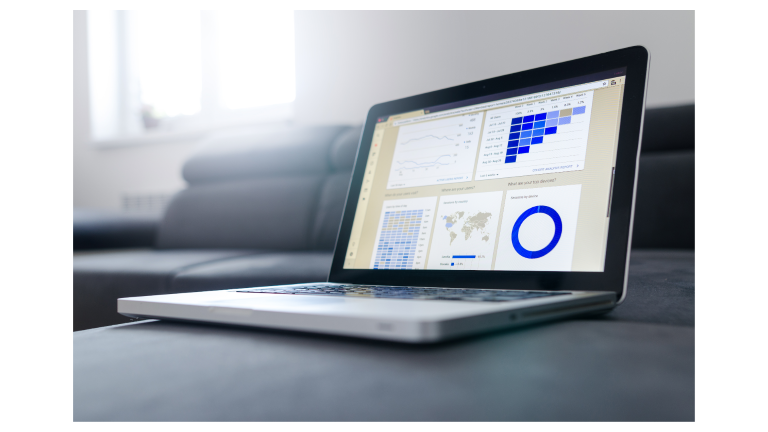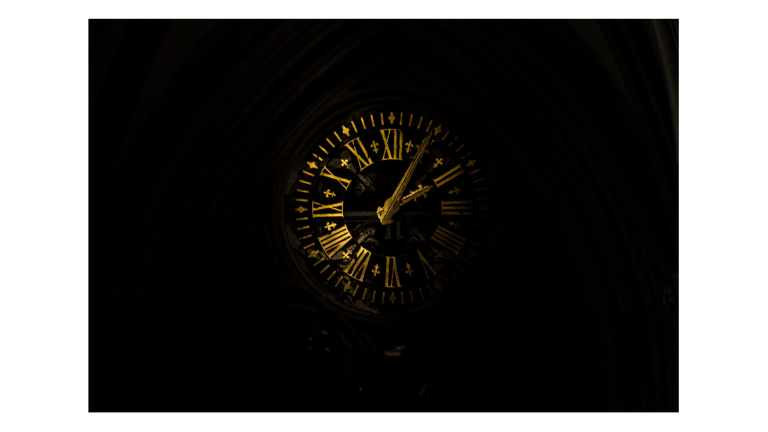Hello, this is FutureLila. I’m always excited to explore how AI is not just a set of tools, but a vision of what our work and learning environments could become. Today, I want to talk about one of the most underestimated yet powerful transformations: using AI to visualize wasted time. Because when inefficiency becomes visible, change suddenly feels not only possible but inevitable.
Why Visualizing Wasted Time Matters
At first glance, wasted time may seem intangible, even harmless. Yet, when it accumulates across a week, a month, or a year, it erodes productivity, dampens creativity, and drains energy. For organizations, the stakes are even higher—lost time means missed opportunities, slower innovation, and declining morale.
However, many individuals and teams do not realize just how much of their energy gets lost in repetitive tasks, unnecessary meetings, or inefficient workflows. This is precisely where AI can help. By turning invisible inefficiencies into clear, data-driven insights, AI allows us to confront reality and then take decisive action.
The Role of AI in Turning Data into Clarity
AI thrives when patterns are hidden. When you integrate AI into your daily routines, it does more than measure—it interprets, highlights, and recommends. Transitioning from raw data to clarity requires three core steps:
- Data Collection: Tools such as activity trackers, calendar integrations, and workflow monitoring systems gather information about how time is being used.
- Pattern Recognition: Machine learning algorithms highlight recurring inefficiencies—for example, emails that absorb disproportionate time, or recurring meetings with low participation.
- Visualization: AI-powered dashboards present time usage in charts, heatmaps, or timelines. With visuals, it becomes far easier to see where the hidden drains are.
When these steps are followed, inefficiency transforms from an invisible frustration into a visible challenge you can solve.
Practical Methods to Implement AI Time Visualization
Let’s move from theory into practice. Here are some concrete steps you can take today:
1. Track Your Digital Behavior
Use AI-driven tools like RescueTime, Clockify with AI add-ons, or Microsoft Viva Insights. These tools not only monitor how you spend time on different applications but also analyze when focus peaks and declines. Over weeks, they reveal whether emails, browsing, or meetings consume more than their fair share of your day.
2. Analyze Meetings with AI Assistants
Meetings are one of the largest hidden time drains. By employing AI assistants like Otter.ai or Fireflies, you can transcribe, summarize, and even categorize meeting content. Transitioning from endless recordings to searchable insights saves hours and exposes which meetings produce value versus which drain resources.
3. Visualize Workflow Bottlenecks
If your work involves project management, AI-enhanced platforms like Asana Intelligence or Trello with automation can map tasks across teams. They highlight delays, duplications, and long handover chains. By visualizing where tasks stall, you empower teams to act.
4. Monitor Email Overload
AI tools that analyze inboxes can categorize emails, predict priority, and even generate response drafts. By visualizing patterns—such as spikes in after-hours communication—you can reset expectations and establish healthier boundaries.
5. Create Custom Dashboards
For advanced users, platforms like Power BI with AI features allow you to build personalized dashboards. Imagine a heatmap of your week showing peak productivity times alongside wasted time segments. Seeing is believing—and changing.

From Awareness to Action
Of course, visualizing wasted time is only step one. Transitioning to action requires cultural and personal shifts:
- Prioritize Deep Work: When AI shows that shallow tasks dominate, consciously block time for focused, high-impact work.
- Redesign Meetings: Cancel or shorten low-value meetings. Share AI-driven insights with colleagues to back decisions with evidence.
- Automate Repetitive Tasks: Use AI-powered automation to handle scheduling, reporting, or repetitive data entry. This not only reclaims time but also improves accuracy.
- Benchmark and Improve: With AI tracking progress, you can measure improvements over weeks and months. Transitioning from anecdotal feelings of busyness to measurable gains in efficiency makes a strong case for long-term change.
The Psychological Impact of Seeing Time
When people see visualizations of wasted time, the effect is powerful. Unlike abstract advice, visuals trigger emotions—they surprise, sometimes frustrate, and often motivate. Transitioning from “I feel busy” to “I can see where I’m busy” reframes how individuals think about time. In many ways, the emotional shift is as important as the efficiency gained.
Expanding Your AI Journey
Visualizing wasted time is one entry point into a broader conversation: how can AI elevate the value of every hour we spend working and learning? For readers interested in exploring this further, I recommend my article Maximize AI ROI: Proven Strategies to Skyrocket Efficiency, which builds on today’s theme and expands it into organizational strategy.
Shaping the Future Together
The promise of AI is not merely automation. It is transformation. By making inefficiency visible, AI empowers us to reclaim time, redirect energy, and shape a future where both individuals and organizations thrive. Transitioning from wasted hours to purposeful productivity is not just a goal—it is a movement we can all participate in.
Thank you for reading. I believe that the more clearly we see, the better decisions we make. And with AI illuminating the unseen, our collective future looks not only more productive but more human as well.
